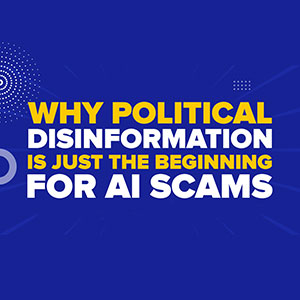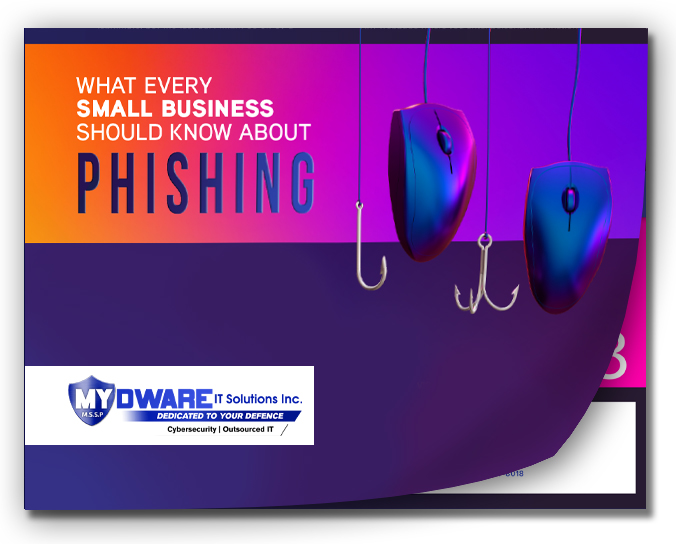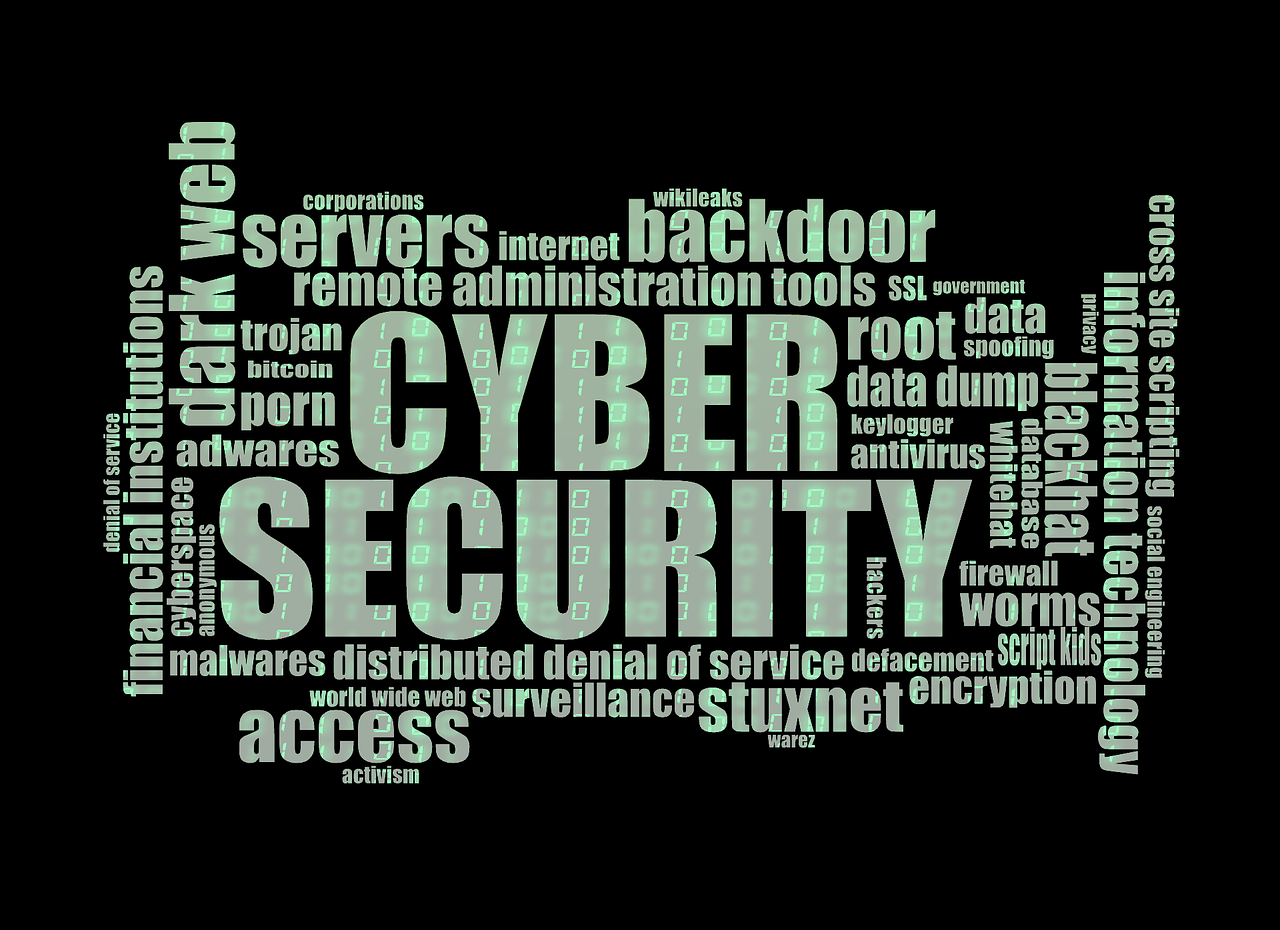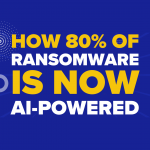 As of April 2025, deepfake videos and fake news content are targeting voters online. Some impersonate political leaders like the Prime Minister, politicians, etc. Others push investment scams using realistic-looking clips made to mimic respected media outlets. Over 40 Facebook pages have been caught spreading these fakes, and the number keeps climbing.
As of April 2025, deepfake videos and fake news content are targeting voters online. Some impersonate political leaders like the Prime Minister, politicians, etc. Others push investment scams using realistic-looking clips made to mimic respected media outlets. Over 40 Facebook pages have been caught spreading these fakes, and the number keeps climbing.
This isn’t just about politics—it’s about trust, digital safety, and how your business and employees interact with online content every single day.
Book a FREE cybersecurity risk assessment NOW to make sure your systems (and staff) are ready for the new AI threat landscape.
How This New Wave of Disinformation Impacts Local Businesses
You might be wondering: What do political deepfakes have to do with my company’s IT setup? Everything. These campaigns are proof of how powerful, convincing, and dangerous AI has become.
Fakes That Fool Everyone
These aren’t poorly photoshopped scams. They’re ultra-realistic videos, complete with voice replication and facial expressions. One click is all it takes for an employee to fall into a trap—whether it’s a phishing link, a fake login page, or malware.
Already seeing this trend unfold? Here's how AI is being abused by hackers to build smarter, scarier cyberattacks—faster than most businesses can react.
Why SMBs in the GTA and Simcoe County Should Care
AI-generated content isn’t just targeting federal voters—it’s learning how to impersonate local brands, CEOs, and even your customers. The tech behind political disinformation can easily be retooled to target your business next.
1. The Rise of AI-Powered Phishing
Fake emails, texts, and even voicemails generated by AI can look shockingly legit.
2. Business Identity Hijacking
Hackers can use AI to fake your branding and trick vendors or customers into sending payments or credentials.
3. Employee-Focused Scams
Deepfakes targeting your team can manipulate them into installing malware or revealing sensitive info.
Think skipping basic protections is harmless? Here’s why taking shortcuts in IT security could be playing with fire.
Protecting Your Business from a Deepfake Future
There’s no putting the AI genie back in the bottle—but that doesn’t mean you’re helpless. The right security policies, tools, and training can help spot AI threats before they cause real damage.
1. Train Employees to Spot the Fakes
Host short training sessions on how to recognize deepfakes, phishing, and suspicious links.
2. Lock Down Your Communication Channels
Use tools that verify message sources and authenticate identities.
3. Monitor Brand Mentions and Online Activity
AI tools aren’t just for hackers—use them to scan for impersonations of your business or leadership team.
Worried about how mobile devices play into this? Learn about 6 disturbing ways your phone is tracking you and your business.
Your Reputation Depends on Staying Ahead of AI Threats
This new flood of political deepfakes is a wake-up call. AI-generated content isn’t “the future”—it’s right here, embedded in your team’s feeds, inboxes, and workflows. And if you’re not preparing for it, you're already behind.
Book a FREE cybersecurity risk assessment NOW and let’s make sure your business is guarded against the real risks AI is bringing into 2025.
Darryl Cresswell
CEO & President
MYDWARE IT Solutions Inc.




